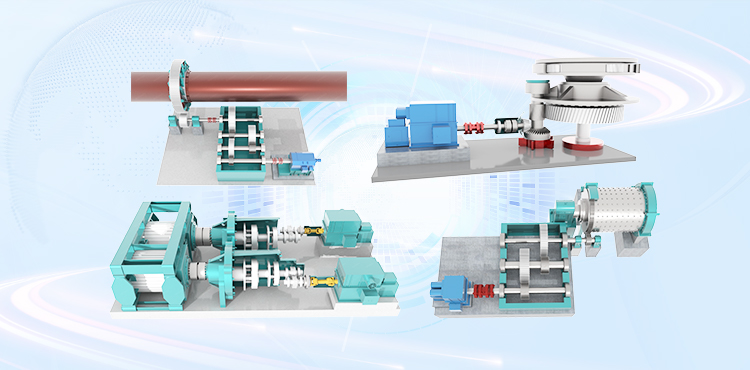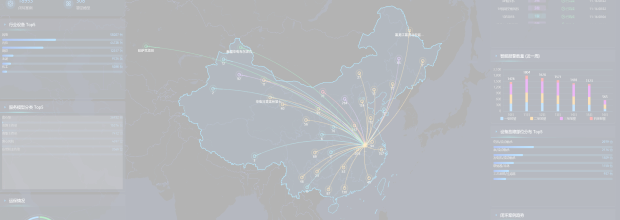Two Grinding and One Burning
A large number of main equipment exist in cement production sites, among which the raw material grinding, clinker calcining, cement grinding are typical low-speed, heavy-load equipment. These machines are difficult to monitor for faults. By integrating vibration and temperature monitoring with motor condition analysis and an intelligent monitoring solution for low-speed and heavy-load equipment, precise fault diagnosis in cement production can be achieved.

Monitoring Challenges




-
High Monitoring Difficulty
Some large-scale equipment features complex structures, operates at low speeds under heavy loads, has a significant impact and high value, making monitoring highly challenging.
-
Difficult Feature Capture
Equipment operates intermittently or at extremely low speeds, making vibration waveforms unable to periodically reflect fault characteristics.
-
High Monitoring Difficulty
Some fault frequencies fall in high-frequency ranges, making them undetectable by traditional vibration sensors.
Solution Advantages




-
01Integrated Multi-Parameter Monitoring
Industry-leading sensors that integrate impact, vibration, and temperature data collection, providing enhanced monitoring effectiveness.
-
02Motor Condition Linkage
Used in conjunction with motor condition sensors to enable speed-triggered and correlated data collection.
-
03Dedicated Impact Analysis
Specialized impact analysis tools for efficient root cause diagnosis of faults.
-
04Ultra-Long Time Waveform Collection
Ultra-long time waveform collection capability to accurately capture fault characteristics.
-
05Round-the-Clock Monitoring
Ronds provides 24/7 cloud-based expert support, offering professional diagnostic services.
Start Your Journey to Intelligent Industrial Equipment Maintenance
















